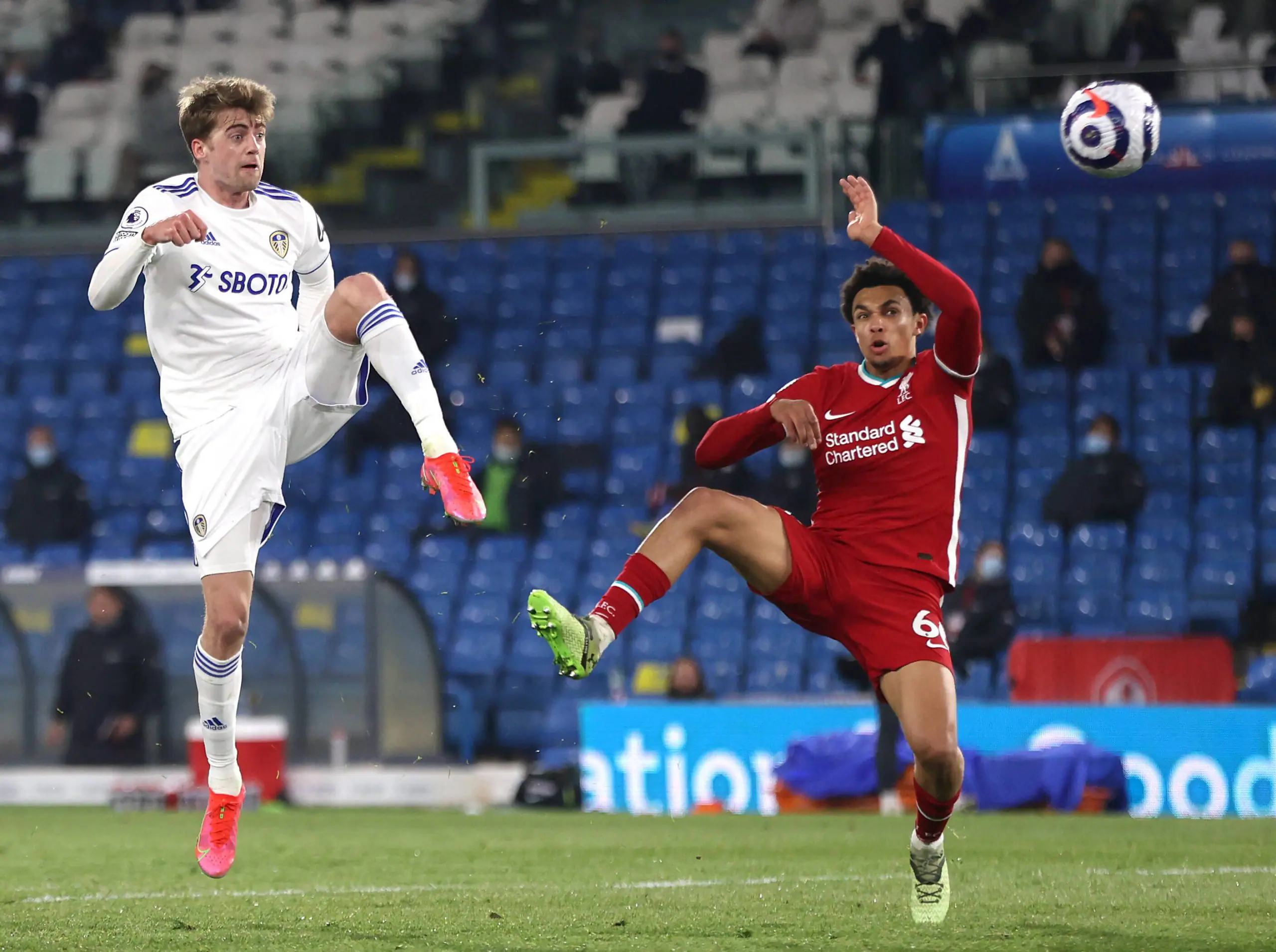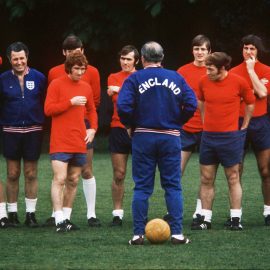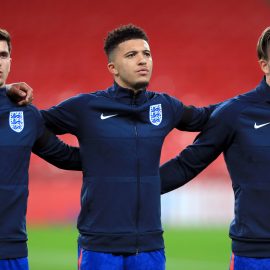A plan to change the face of international football, and provide opportunities and funds for football at lower levels. I’d love to hear your thoughts on this, and your suggestions and improvements in the comments please. I thought this up during the second half of the England-Brazil game tonight, which summed up everything poor about these type of games, and served to highlight the opportunity we have to make real improvements.
If you followed the English national team in their friendly games over the last ten years, you’ll no doubt agree that these fixtures are typically poor affairs, lacking the quality of competitive games – they rarely produce anything you could consider as entertainment, and bewilder fans who expect to see world beaters, and end up watching panel-beaters. I suspect this sentiment is not unique to England fans, I think it’s high time that the game took a serious look at how it handles non-competitive international fixtures. My plan aims not only to improve the quality of football on show, but to address the widening gap between the top flight of English football and the lower leagues, and to provide funding for development at a grass-roots level. So heres my plan.
Most international friendlies come in pairs of fixtures, and apply to teams across most of the international football associations. So, there are a wealth of top class international sides looking to fill two fixtures. In my scheme, a four team tournament is formed, with semi-final and final phases, along with a play-off for third place. This gives all of the involved sides the same number of games.
The competition naming and broadcast rights would be sold to a media outlet, for the purpose of this example I’m going to use Virgin Media as the company chosen to sponsor the event. The tournament will be held in a European city with two world class stadia, like London, where the obvious choices would be the recently completed Wembley Stadium, and the Emirates – home of Arsenal FC. Matchday 1 would see each team face an opponent drawn at random, with the home team playing their game in the larger of the two venues. The winners would go onto face each other, and the losers likewise on matchday 2 – with the final being held in the larger venue.
The second element of the scheme is money, and this is where that sponsorship arrangement comes into play. Footballers are highly paid professionals, who command a global audience. As such, and because there seems to be a lack of motivation surrounding friendly fixtures, the players on the overall winning side will receive large financial rewards for their involvement in the event. Some figures follow to provide an example of how this would work:
- All players will be payed their standard appearance fee by their home FA.
- The sponsor will make available £50million in prize money for the winning side.
- All of the players involved in more than 20% of the victors two games will receive a £1million pound purse, with fringe players rewarded in smaller sums. This will total around £20million of the prize fund.
- The remaining money will be awarded to the FA of the winning nation, with the proviso that it be spent on football development either at grass roots, or youth level.
This will provide an invaluable resource in this area of the game, where improvements can be made to facilities with this money. The media outlet might be concerned at the cost of this, but they will be awarded sole rights to covering the game, and the ownership of the coverage to then sell on to any interested foreign media, which is certain to include at least broadcasters in the competing nations, and depending on the calibre of the involved sides, a healthy number of other media outlets. This will give the media sponsor the ability to recoup, and even make a profit on their sponsorship fees, which when added the the marketing opportunities the competition would provide, makes this a good proposition for potential sponsors.
In order to change and improve the standard of football played in these fixtures, a number of other factors must change. Each team should include 5 players from their 21 man squad who either (A) Represented their nations Under 21 side in the majority of it’s most recent fixtures or (B) Play their club football outside of the top flight in the domestic game (i.e. The championship, L1, L2 in England). This will provide opportunities of progression for promising youngsters, or players who have perhaps missed out in previous squads due to them playing for a lesser team. This will hopefully break the closed shop which seems to exist in international selections, with the players usually being picked from a small pool which typically play for the big clubs in the top domestic league.
Red and Yellow cards will only apply for games within the tournament, meaning that a player sent off in the final will not be banned for subsequent international or club games. Too often in friendlies referees take too lenient an approach, or players are overly cautious of making full blooded tackles. Referees will be instructed to take a more typical approach to discipline, and players will play without the risk of missing important club games.
Another blight on the recent record of friendly games is the use of substitutes, which takes away any flow from the game. In this competition sides would be limited to making 3 changes from a bench consisting of 7 substitutes.
This scheme aims to produce four games of international quality football, all held in one city, providing not only great entertainment, but the possibility of additional venue through tourism during the event. The beneficiaries are not only the four nations involved, who will benefit from playing real games, but will start to blood young players at the highest level.
Football development will be given a much needed boost, and the incentive for winning these games will run through all involved parties, with financial benefits at every level. This would bring an end to the disappointing friendlies which are played at present, and whilst it would not be applicable for replacing every friendly fixture, it would take away the need to play such games so regularly, and replace them with a great spectacle.
This article originally appeared on 36-degrees.co.uk
Add Sportslens to your Google News Feed!






